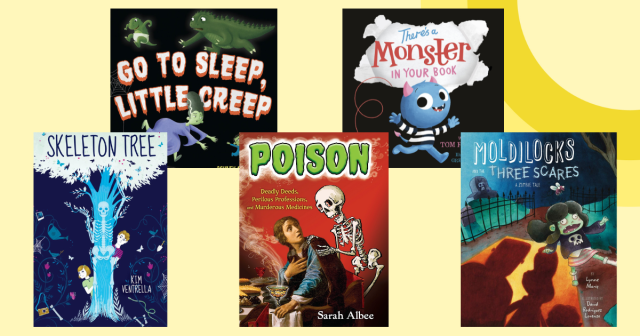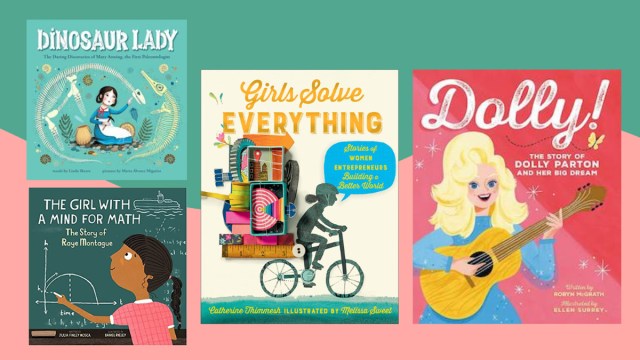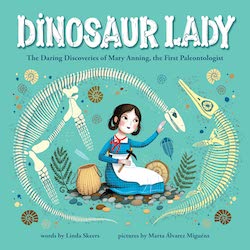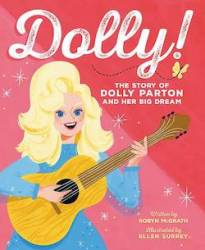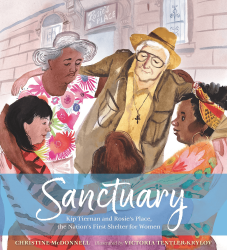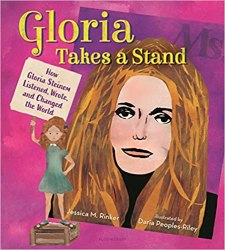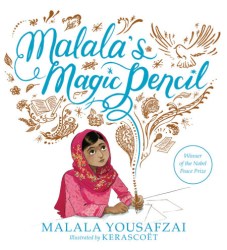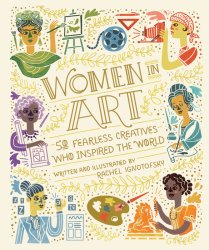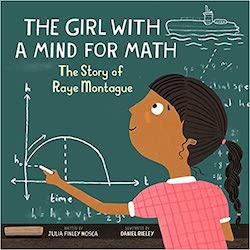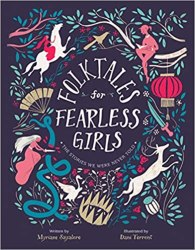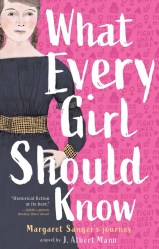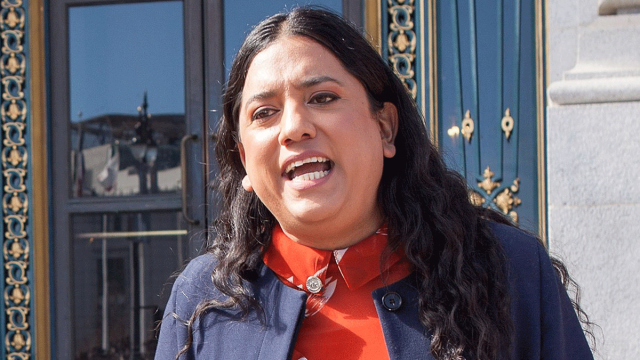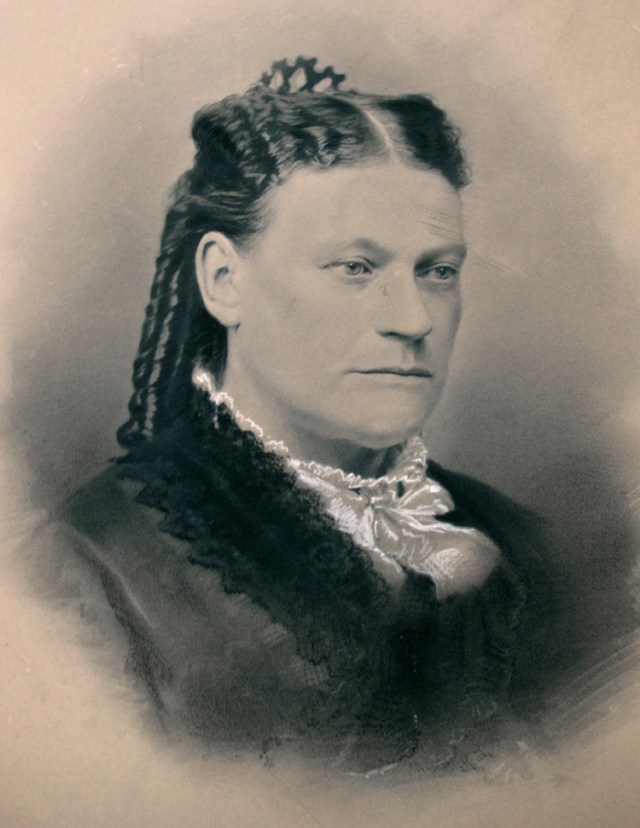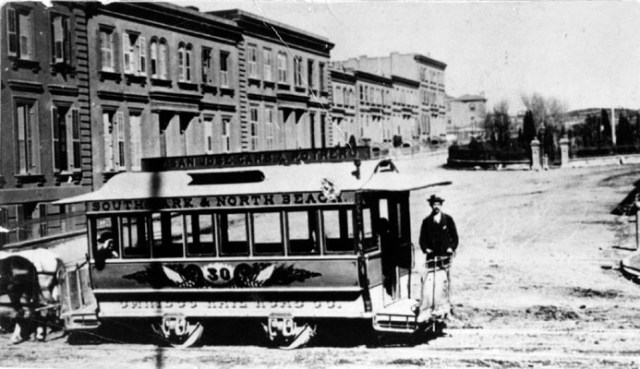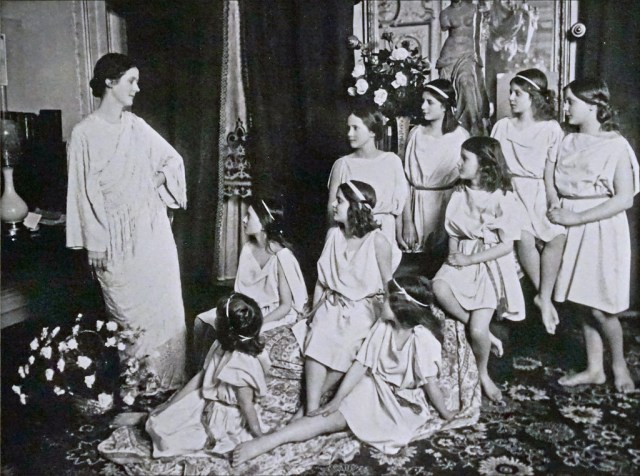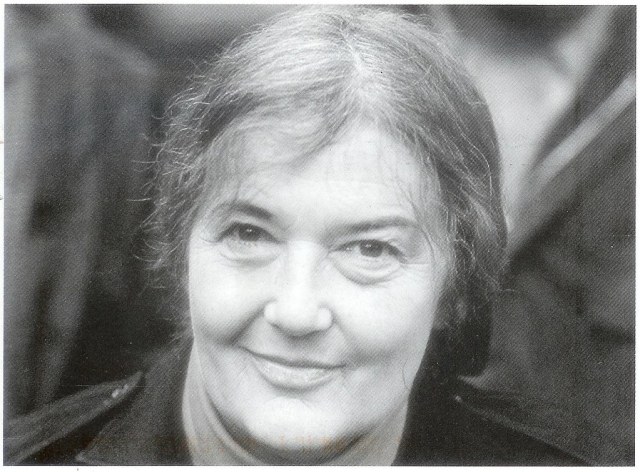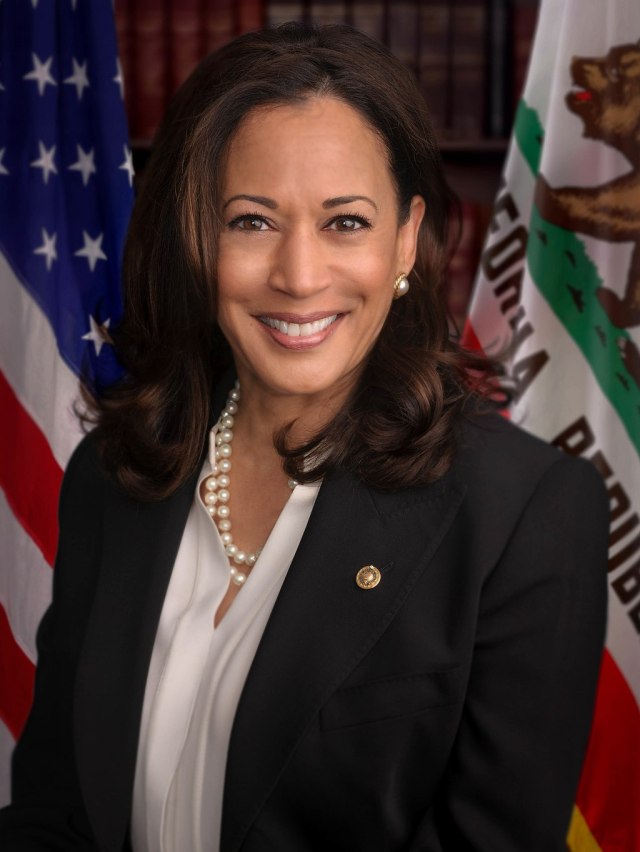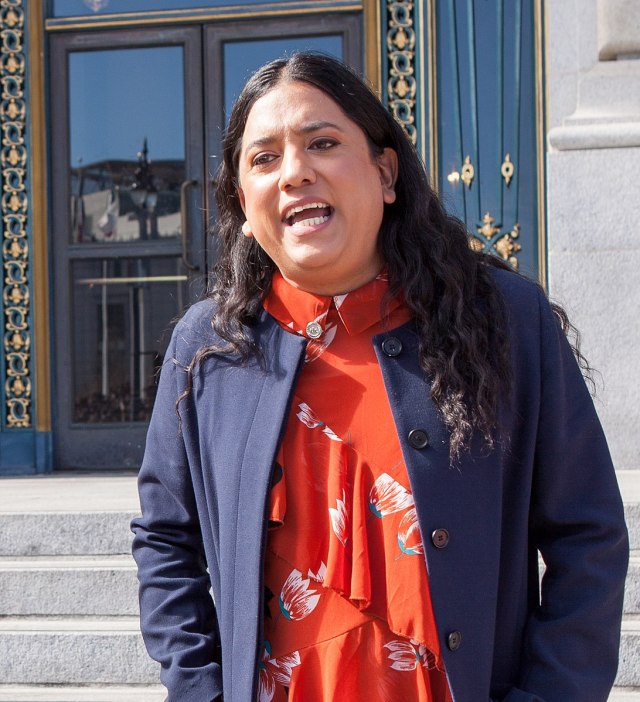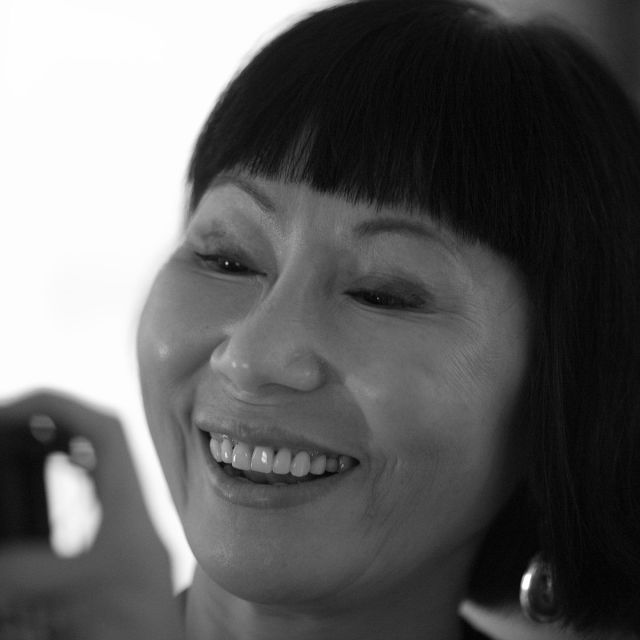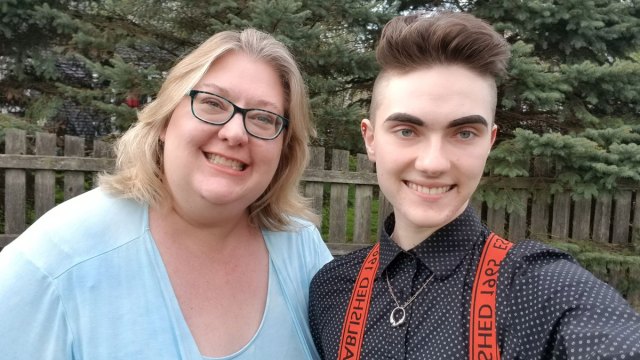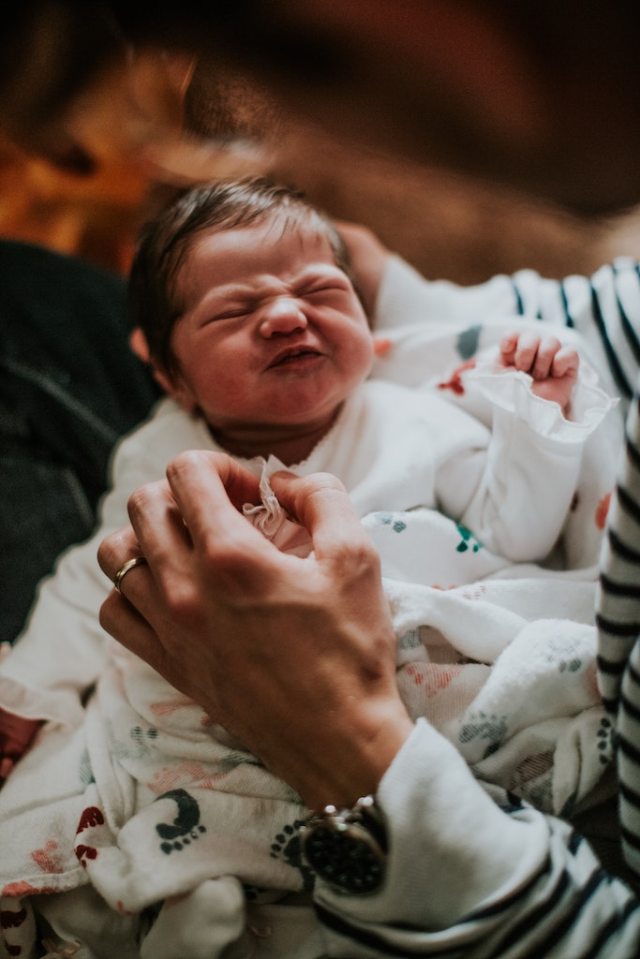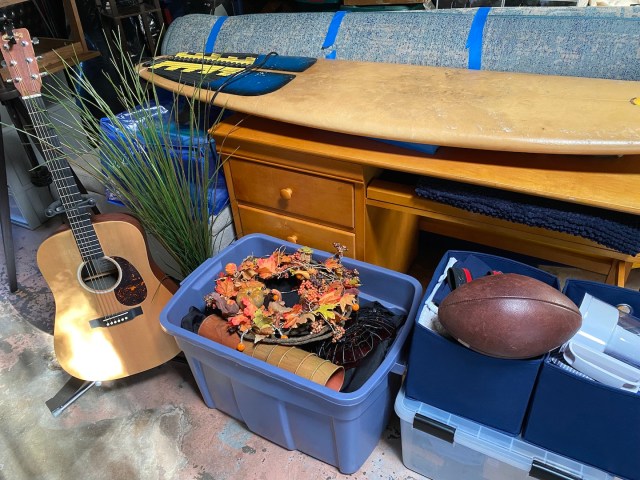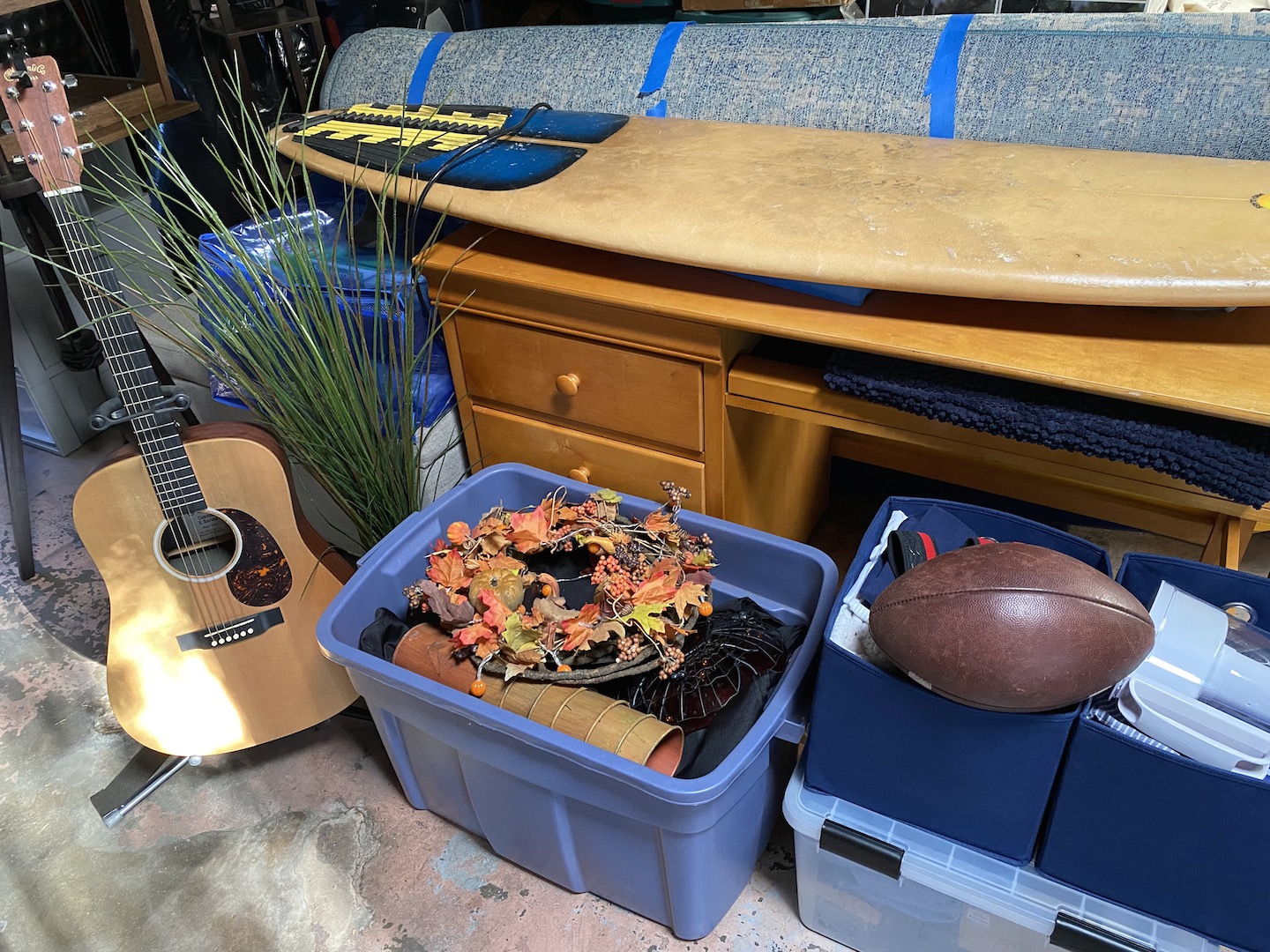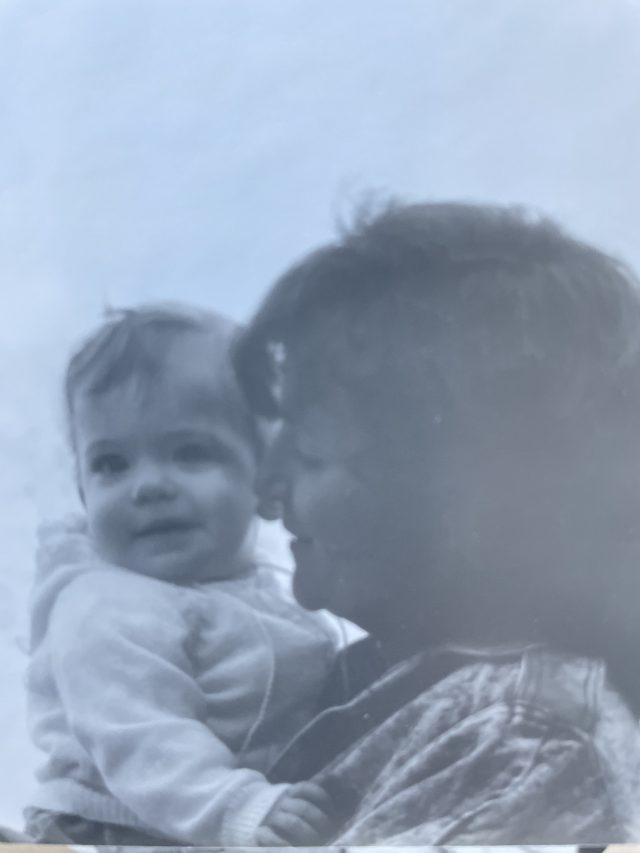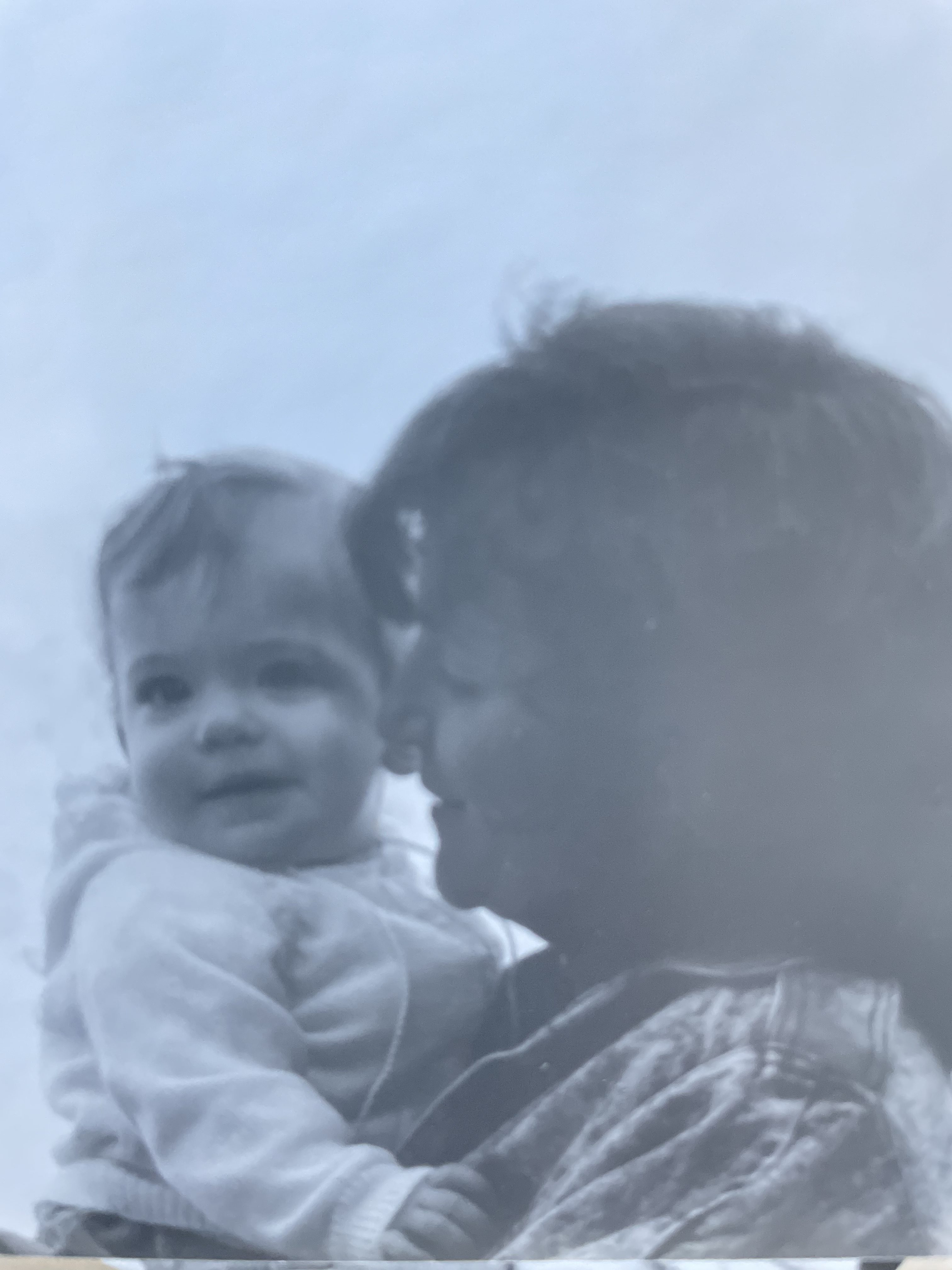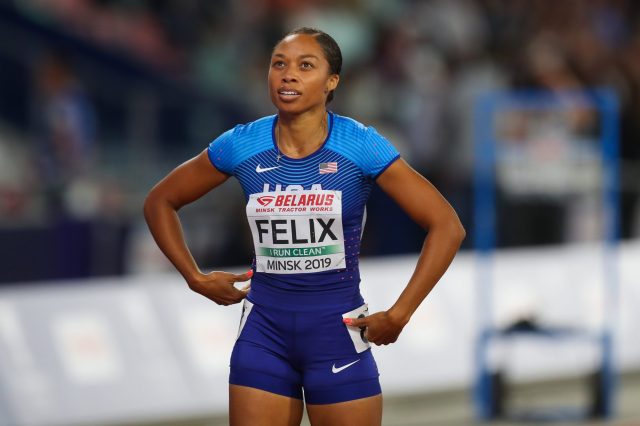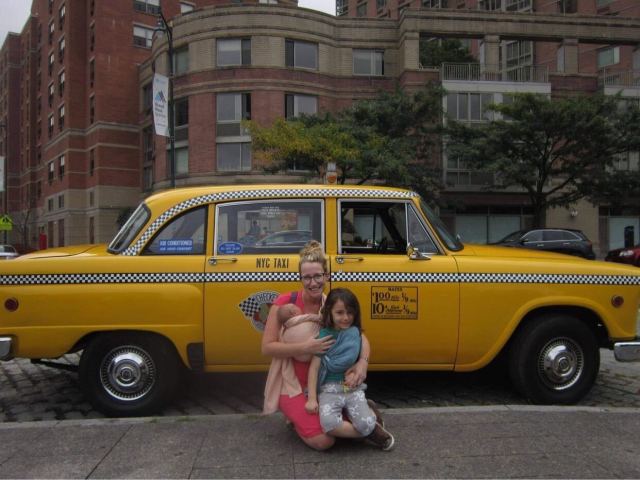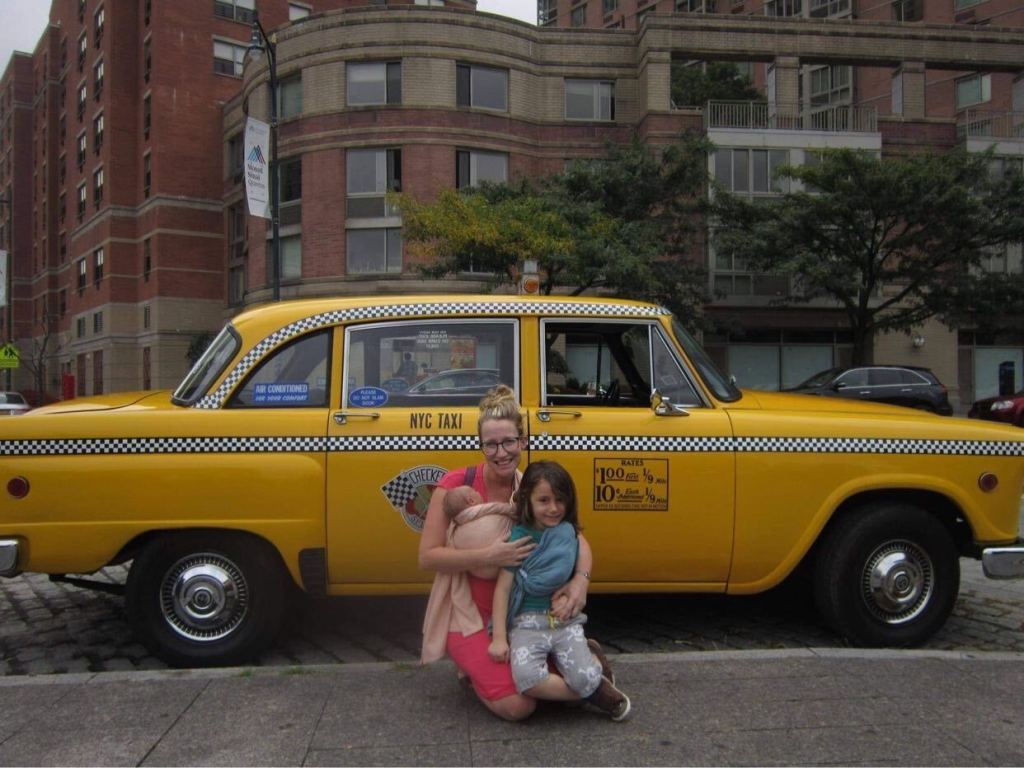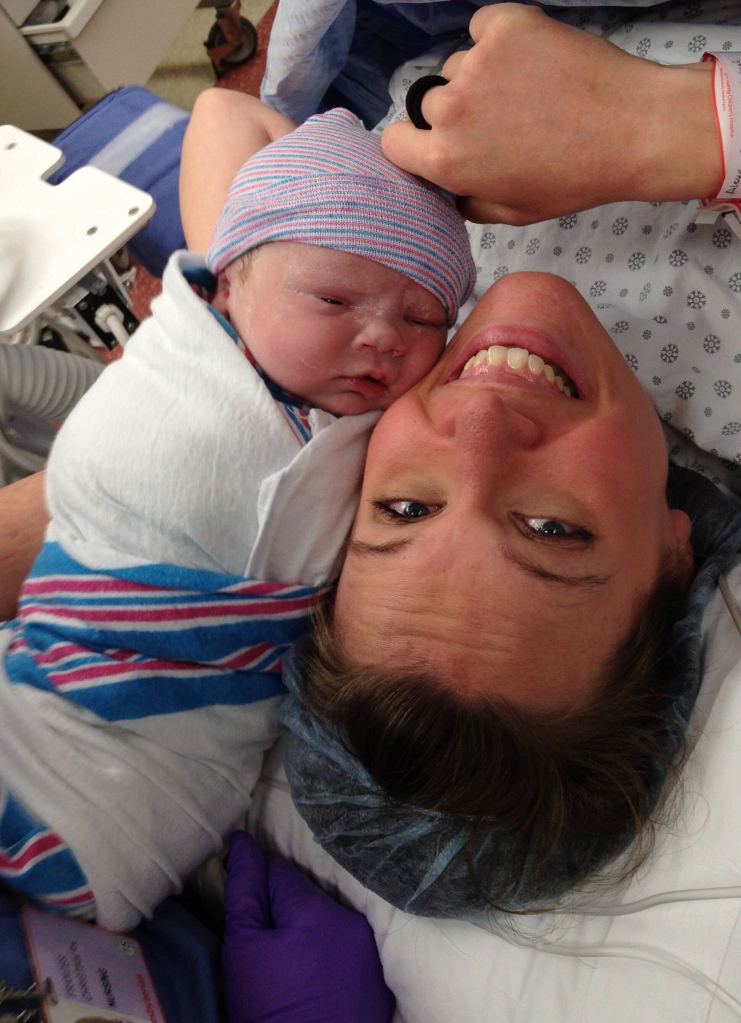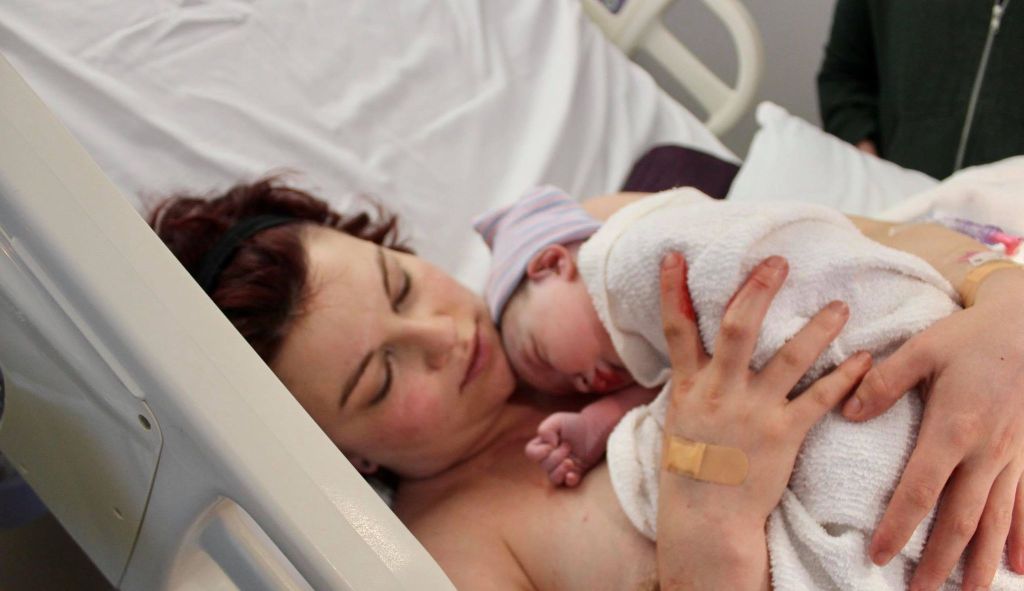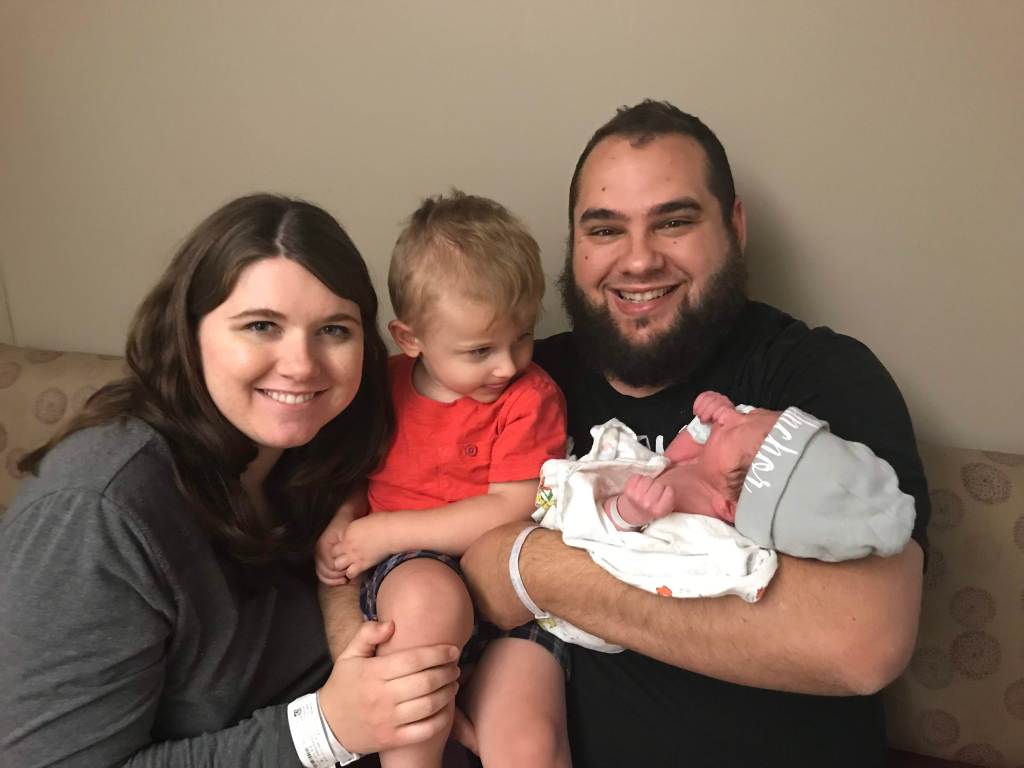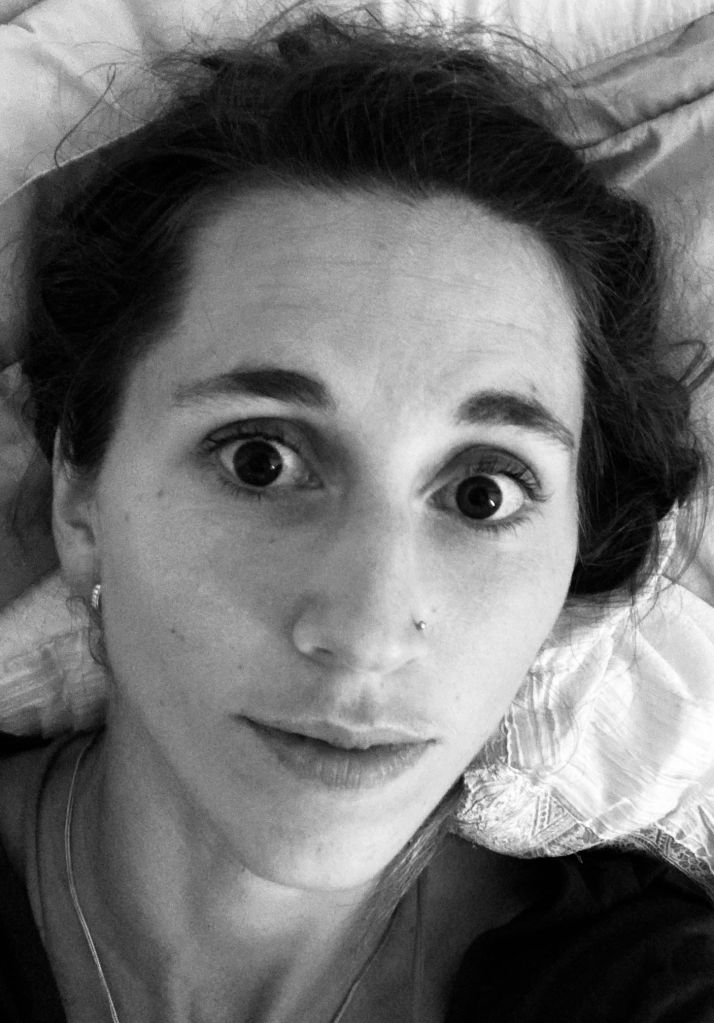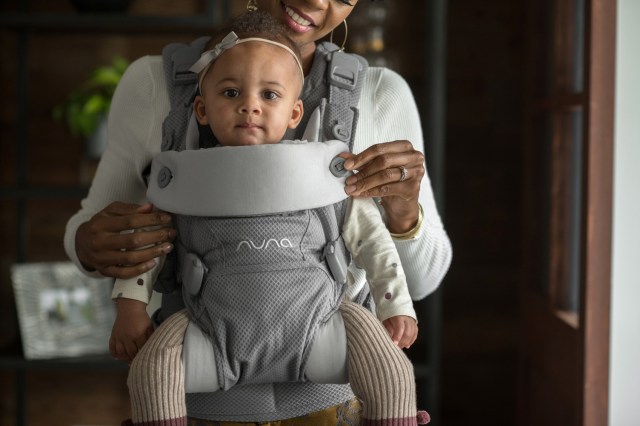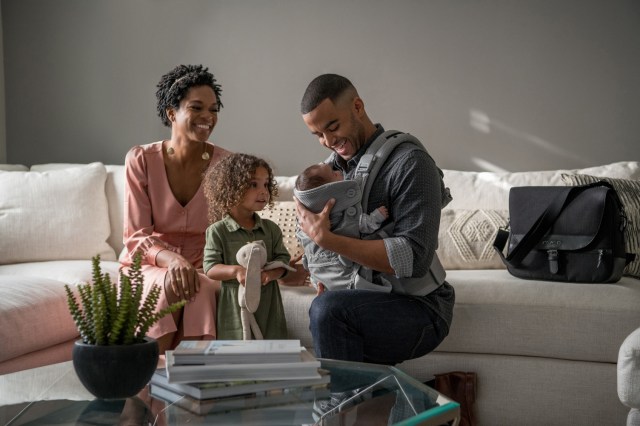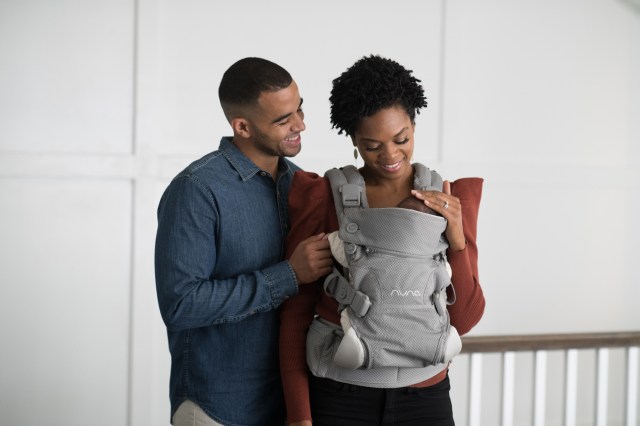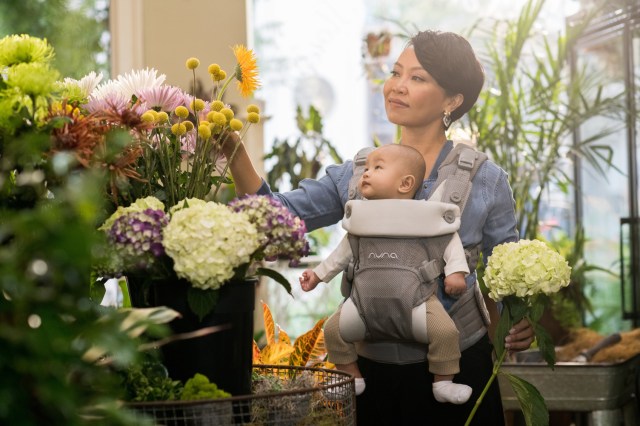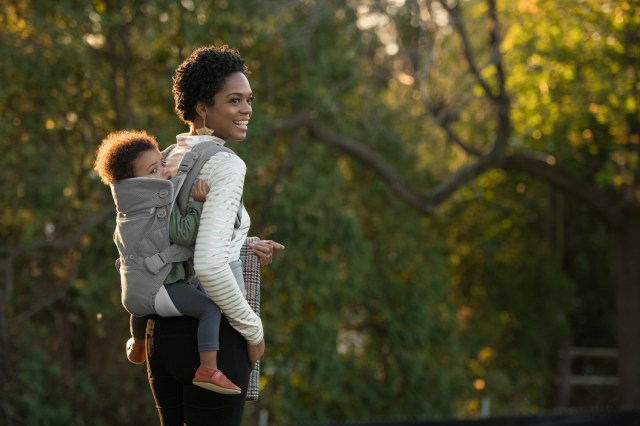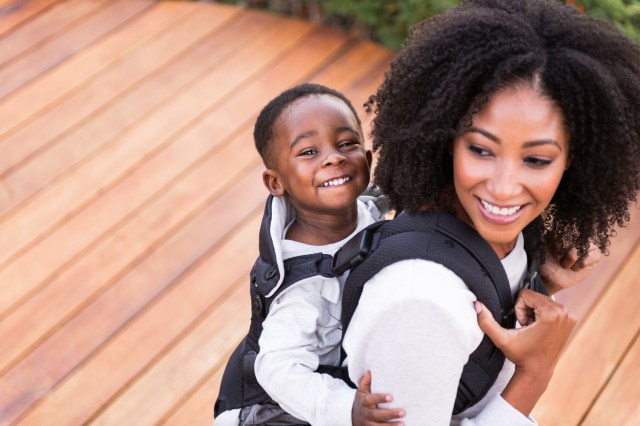Get ready to meet a busy spider, friendly monsters, and a few ghosts that just want to say hi
It’s that time of year when ghosts and witches start making an appearance in windows and on lawns and a visit to the pumpkin patch is on the horizon. These sweet-and-just-a-little spooky Halloween books make the perfect addition to any shelf. If these aren’t enough for your avid reader, check out these magical books about witches!
Halloween Books for Little Kids
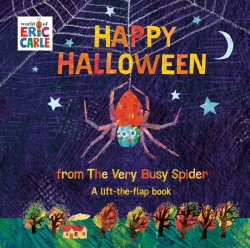
Happy Halloween from the Very Busy Spider
$8 BUY NOWThis darling Halloween board book by Eric Carle will have kids squealing with delight as they lift the flaps to discover spooky fun with The Very Busy Spider and a special appearance by The Very Hungry Caterpillar too. Ages: 0-3
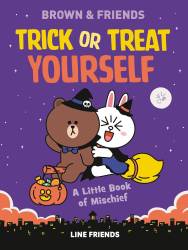
Trick or Treat Yourself: A Little Book of Mischief
$8 BUY NOWAll your Brown and friends are back in this sweet, not scary book about Halloween. Little readers will see how fun it is to dress up and be someone else for a day, play some harmless tricks and enjoy sweet treats. Ages: 2-5
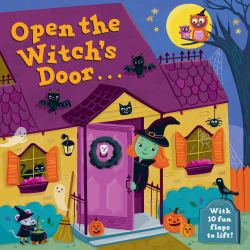
Open the Witch's Door
$7 BUY NOWFun flaps abound in this adorable Halloween board book from Jannie Ho. Step inside the witch's house and see just what's behind all the doors! Ages: Baby to 3

Super Hero Halloween!
$8 BUY NOWJoin your fave little heroes like Batman, Wonder Woman, Superman, and more DC Super Heroes as they dress up and celebrate Halloween. This sweet board book has darling illustrations and simple prose and makes a perfect gift this spooky season. Ages: Baby to 3
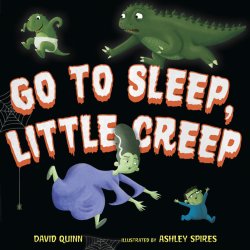
Go to Sleep, Little Creep
$16 BUY NOWEven little creepy monsters, howling werewolves, and tiny trolls have bedtime rituals to attend to, and bedtimes to adhere to. This perfectly sweet rhyming picture book is a great nighttime read this October or any time of the year. Authored by David Quinn and adorably illustrated by Ashley Spires. Ages: 2-5
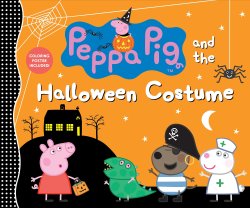
Follow Peppa Pig and the Halloween Costume
$10.50 BUY NOWPeppa finds that choosing the right costume can be a bit tricky! Fans of Peppa and fans of Halloween alike will enjoy this easy read for little ones as any parent can relate to their kiddos' quest for the perfect costume. Ages: 2-5

Eat Pete!
$16 BUY NOWPete couldn't be more thrilled when a monster shows up in his bedroom. Now Pete has someone to play with! And the hungry monster couldn't be more thrilled to be there, either. Now he can . . . EAT PETE! This adorable and hilarious book by Michael Rex, author of Goodnight Goon, will have you laughing, moaning, and loving a monster tale you can all appreciate. Ages: 2-5
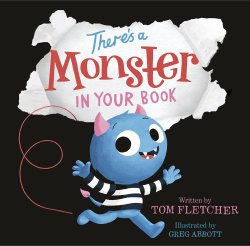
There’s a Monster in Your Book
$12 BUY NOWRemember Grover and There’s a Monster at the End of This Book? This new book by author Tom Fletcher and illustrator Greg Abbott is like that Sesame Street classic meets Press Here. There’s a monster in your book, and you’ve got to shake, tickle, and shout to see if you can get him out. Ages: 2-7
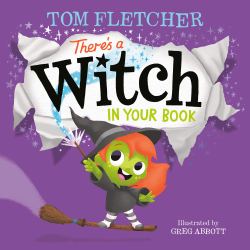
There's a Witch in Your Book
$11 BUY NOWTom Fletcher and Greg Abbott have added another book in the "Who's In Your Book" series with this festive tale. This interactive book takes readers along when a grumpy witch throws a spell at you! With fun illustrations and instructions along the way, There's a Witch In Your Book will quickly become a holiday favorite. Ages 3-7

Maurice the Unbeastly
$2 BUY NOWBeasts roar and beasts destroy—except Maurice. He’s the kale-eating, kind-hearted, incredibly polite beast who just doesn’t quite fit in. Mama and Papa send him off to the Abominable Academy for Brutish Beasts to learn how to scowl, snarl and howl like a pro. But Maurice just can’t stop being Maurice—and he ends up teaching everyone else (including readers) why being true to yourself is the most important thing of all. By Amy Dixon, with gorgeous illustrations by Karl James Mountford. Ages: 3 and up
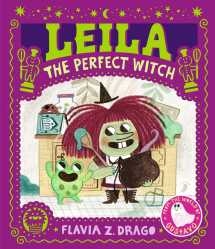
Leila, the Perfect Witch
$11 BUY NOWLeila Wayward is the fastest flier, has won trophies for potions, and now she wants to win the Magnificent Witchy Cake-off! Unfortunately, she is terrible in the kitchen. With the help of her sisters, she feels accepted no matter her skills. Together with vibrant and fanciful illustrations, Flavia Z. Drago's story of trying your best no matter what is a must-read for budding bakers.

Vlad the Rad
$20 BUY NOWNY Times bestselling illustrator Brigette Barrager brings Vlad, a high-energy young vampire, to life in this adorable picture book. Not only does Vlad love skateboarding (because he's rad!) he also loves schoolwork. This makes this a great back-to-school, fall book for kids. Ages: 3-7
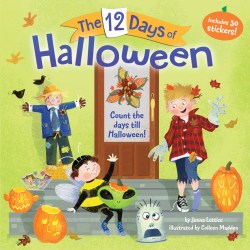
The 12 Days of Halloween
$5 BUY NOWCount it down! This clever adaptation of the 12 Days of Christmas includes eight black cats hissing, seven spiders crawling, six ghosts a-spooking, and five bags of candy! Read it, sing it, chant it, and read it again to get into the Halloween spirit. It comes with a sheet of cute Halloween stickers, too. Written by Jenna Lettice and illustrated by Colleen Madden. Ages: 3-7

Trick or Treat, Crankenstein
$12 BUY NOWCrankenstein is back! Samantha Berger and Dan Santant follow the lovable character as he navigates his fave holiday. But will a toothache, a pumpkin carving issue, and a terrible costume nightmare take out all the fun? Ages: 4-8
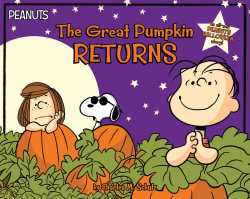
The Great Pumpkin Returns
$9 BUY NOWPeanuts fans that waited all night in the most sincere pumpkin patch with Linus will be thrilled to read this new Halloween book. All Linus needs is one faithful companion who truly believes in the Great Pumpkin, to stay with him on Halloween night. Though most of the gang don’t even want to hear about the Great Pumpkin (again) this year, Linus finds an ally in Peppermint Patty. But will it be enough to grant a visit? Ages: 4 and up
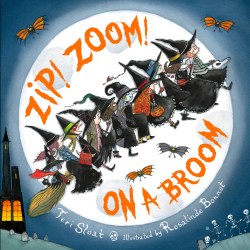
Zip! Zoom! on a Broom
$15 BUY NOWFrom the creator of the NY Times Best Picture Book From Letter to Letter, Terri Sloat, and acclaimed artist Rosaline Bonnette, this is a fantastic rhyming Halloween book to celebrate the witchy season. Join ten feisty witches and one adorable kitten as they travel from spooky castle to graveyard and beyond. Ages: 5-8
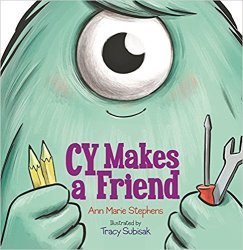
Cy Makes a Friend
$2.50 BUY NOWCy (the Cyclops) is good at lots of things: he can build nearly anything from robots to toys, but there is one thing he is not so great at making—friends. This book explores the fears kids can have about finding and making new friends, and shows that with bravery, practice, confidence, and patience, even a shy Cyclops monster can succeed. It offers gentle suggestions for shy kiddos trying to branch out, plus it’s a clever intro to mythological creatures. Written by Anne Marie Stephens and illustrated by Tracy Subisak. Ages: 4-8

Monsters Are Afraid of Babies
$15 BUY NOWEverybody knows...monsters are afraid of babies! From the way babies howl to how sticky and stinky they are, monsters have a great fear of these crawling little creatures. Adorable, funny, rhyming prose will delight your kids as you reassure them not to fear (babies OR monsters). Written by Nicholas Tana and illustrated by Elise Leutwyler and Jessica Abbott. Ages: 4-6
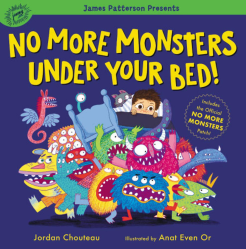
No More Monsters Under Your Bed!
$11 BUY NOWWe love our kids' wild imaginations, but when those imaginations conjure up images of monsters under the bed and prevent your little one from falling asleep at night, it's time to bring in reinforcements. Turn to this magical book by Jordan Chouteau with illustrations by Anat Even Or, to help your kiddo conquer her fears. With goofy monster illustrations and even a real no-more-monsters patch your child can wear to bed, this book is sure to drive away those monsters in no time. Ages: 4-8

How to Make Friends with a Ghost
$10 BUY NOWWant to make friends of the spectral sort? Then grab a copy of this adorable, debut picture book by Rebecca Green to find out how. You'll need snacks (like earwax truffles) and bedtime stories. You'll have to protect them (they are sometimes taken for marshmallows) and be loyal. If you follow the tips Green has laid out, you'll be sure to make a ghost friend that will last a lifetime. Ages: 4-8
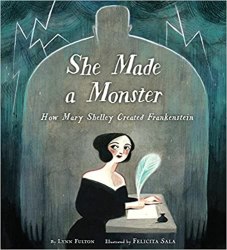
She Made a Monster
$11 BUY NOWWritten by Lynn Fulton with fab illustrations by Felicita Sala, "She Made a Monster" pays tribute to Mary Wollstonecraft Shelley, the literary genius who brought the world Frankenstein. It was 200 years ago when Shelley gave birth to this infamous monster, and this book will let the young audience know not only the significance of writing it but how important it is to follow one’s own dream. Ages: 4-8

Moldilocks and the Three Scares
$12 BUY NOWThe classic tale of Goldilocks gets a Halloween-themed twist when Moldilocks winds up in the house of the Scare family. Fun illustrations and the underlining tale about adoption added to a happily ever after ending make this charming book a perfect Halloween tale. Ages: 4-8

Ginny Goblin Is Not Allowed to Open This Box
$13.50 BUY NOWGinny Goblin likes to do her own thing, there’s no doubt. But what happens when she finds this box, which she is absolutely not allowed to open? Well, naturally, she tries! Find out what its the box yourself with this goofy, wonderful book by David Goodner, illustrated by Louis Thomas. Ages: 4-7
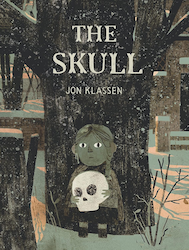
The Skull: A Tyrolean Folktale
$17 BUY NOWFrom Caldecott Medalist Jon Klassen comes a re-telling of a classic folk tale with the wry humor for which the award-winning author and illustrator is known. Follow a brave girl named Otilla as she escapes danger and finds refuge in a spooky house with a skull as her host. Can she save them both from the things that go bump in the night? Ages: 6-8.
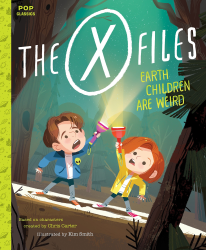
The X Files: Earth Children Are Weird
$19 BUY NOWThe X-Files generation is grown up with kids all their own now, but if you want your littles to get it when you say “The truth is out there,” you should buy this book now. The perfect spooky-ish read, based on the characters by X-Files creator Chris Carter, you’ll find Agents Fox and Mulder starring as best kid pals, who solve big mysteries (the creepy shadow? Just the family dog!) and get a few laughs in the process. But what they find in their tent just might make you think twice about turning off the lights. Beautifully illustrated by Kim Smith. Ages: 8 and up
Halloween Books for Big Kids

Polter-Ghost Problem
$14 BUY NOWWhat happens when three besties end up in a haunted orphanage? Hilarious, but ghoulish, antics are just what middle-grade readers need this Halloween season. By Betsy Uhrig. Ages: 8-12

Sam Wu Is Not Afraid of Ghosts
$8.50 BUY NOWThis cute chapter book is out just in time for that spooky feel and features a diverse cast of characters and an adventure any kid can appreciate. After an embarrassing incident at the Space Museum, Sam is on a mission to prove to his friends and the school bully that he’s not afraid of everything, or anything. Does this include the ghost that seems to live in the walls of Sam’s own house? By Katie & Kevin Tsang. Ages: 7-12
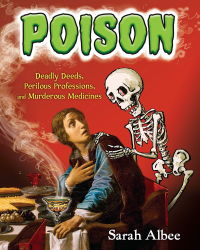
Poison: Deadly Deeds, Perilous Professions, and Murderous Medicines
$7 BUY NOWFor the curious kid who loves a bit of twist with their history, this non-fiction book will not just amuse, it will educate. It’s part chemistry, part quirky history, and all totally true. As the title suggests, it’s all about poisons, and answers questions like “What made ‘mad hatter’ mad?” and “Who killed a Bulgarian report with a poke from a poison-tipped umbrella?” You know, everyday questions. Perfect for creating some mad-scientist-themed trivia for Halloween parties and more. Ages: 8-12
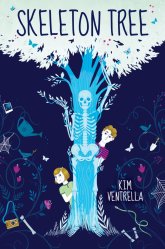
Skeleton Tree
$14 BUY NOWAuthor (and children’s librarian) Kim Ventrella’s debut novel will have you pondering big questions about life and death. Twelve-year-old, zombie fanatic Stanly lives with his mom and his little sister, Miren, whose health is failing. Their dad is MIA. One day, he sees a bone growing in his yard, and though he knows it’s not “normal” it doesn’t stop him from obsessively watching it grow into an entire skeleton. This will be his ticket to winning a photography and writing competition. Meanwhile, Miren sees the skeleton as a new friend. It’s a heart-wrenching and beautiful novel, perfect for this skeletonic time of year. (Releases Sep. 26). Ages: 8-12
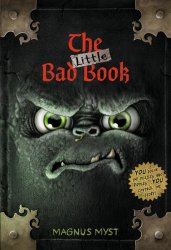
The Little Bad Book and The Little Bad Book #2: Even More Dangerous
$8 BUY NOWBook #2 comes out October 11 so there’s time to preorder it and then catch up with the first in this middle-grade series by Magnus Myst, with illustrations by Thomas Hussung. Packed with riddles, interactive puzzle solving, and plenty of humor, these books are just spooky enough for Halloween or any time of the year. Ages: 9-12
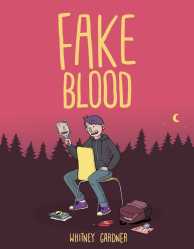
Fake Blood
$12 BUY NOWA graphic novel by Whitney Gardner that is perfect this time of year (or any), Fake Blood brings a middle-schooler AJ face to face with his vampire slayer crush. How will “average” AJ win over his crush, Nia Winters, the vampire slayer? Read this hilarious story to find out! Ages: 10 and up
—with additional reporting by Karly Wood
If you buy something from the links in this article, we may earn affiliate commission or compensation.
